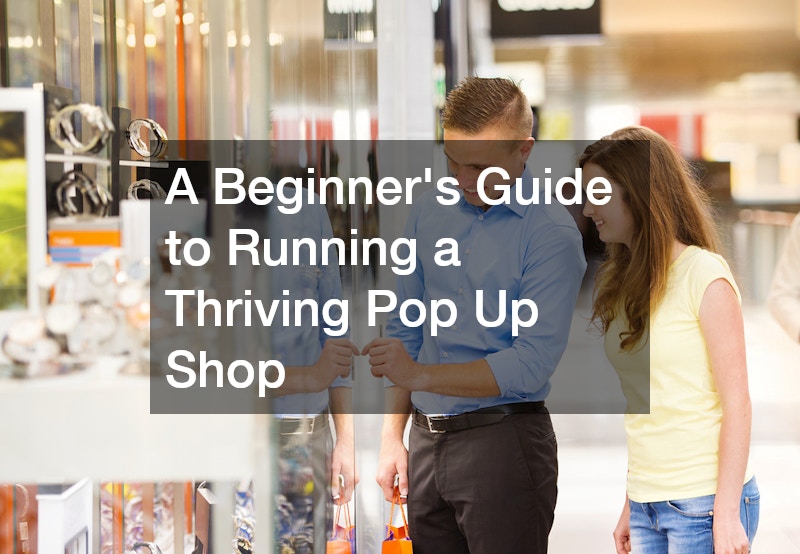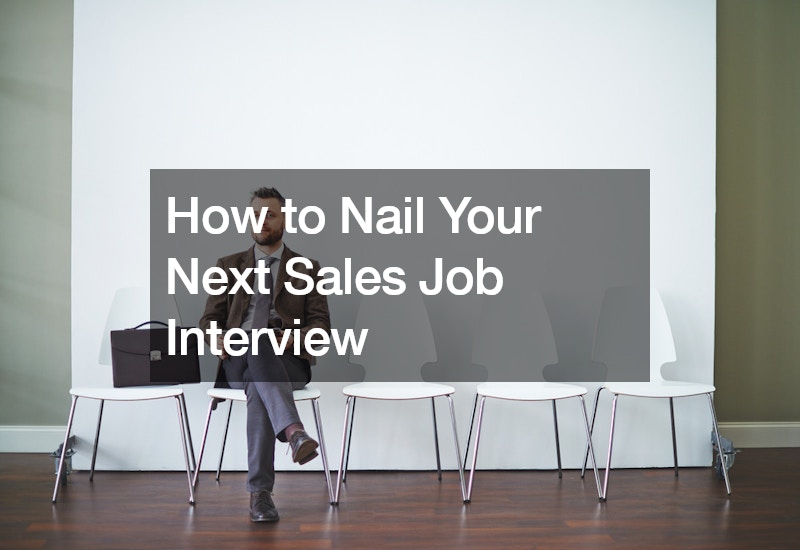Pop up shops have surged in popularity, offering entrepreneurs a low-commitment method to test new products, engage with customers face-to-face, and generate buzz around a brand. Whether you’re planning a one-week stint in a trendy downtown space or a month-long residency in a high-traffic mall, running a successful pop up requires thoughtful planning, resourcefulness, and a dash of creativity. This guide will walk you through the crucial steps of launching your own thriving pop up shop, from securing the perfect location to evaluating your success once the event closes. By the end, you’ll be equipped with practical knowledge and insider tips to stand out in this exciting, fast-paced retail format.
Pop up shops aren’t just for big brands testing a new market. They can also be a fantastic stepping stone for small businesses looking to dip their toes in brick-and-mortar retail without committing to a full lease. People love the novelty and exclusivity of a temporary space—often, the very fact that a shop won’t be around for long heightens its appeal and encourages customers to drop by sooner rather than later. Yet, behind the scenes, a successful pop up doesn’t happen by magic. It involves meticulous planning, managing logistics, marketing effectively, and ensuring that the customer experience remains top-notch. Think of your pop up as a miniature version of a traditional store, but with a lot less time to make an impact. Every detail counts, from how products are displayed to how smoothly the checkout process runs.
Why Start a Pop Up Shop
One of the main reasons for starting a pop up shop is to cultivate a deeper connection with your target audience. E-commerce has its benefits—reach, convenience, and low overhead—but it often lacks the personal touch that face-to-face retail can provide. A pop up shop lets you showcase your brand personality through immersive experiences that just aren’t possible online. Customers get to interact with products in real life, which can be a game-changer for businesses selling items that are best appreciated through touch, taste, or smell.
Another advantage is the flexibility to test new markets. Suppose you have a loyal online following but want to see how your brand would fare in a particular city or neighborhood. A temporary storefront lets you gauge local interest without committing to a long-term lease. This agility makes pop ups an attractive option for both established companies and emerging startups. It’s like taking a snapshot of a market in real time—you’ll learn valuable lessons about your product’s reception, your marketing strategies, and even your pricing models.
Not least of all, pop ups can act as dynamic marketing campaigns in and of themselves. Their ephemeral nature generates urgency, attracting hype and social media buzz. If you plan it right, you could create a ripple effect that resonates beyond the confines of a single location. By offering limited-edition products or hosting special events during the pop up, you can leverage the fear of missing out (FOMO) to draw a crowd. Each visitor becomes a potential ambassador for your brand, spreading word-of-mouth recommendations that are worth their weight in gold.
Location and Setup
Deciding where to host your pop up is perhaps the most critical decision you’ll make. You want a space that aligns with your brand, attracts the right crowd, and fits your budget. High foot traffic is obviously a plus, but don’t underestimate the power of being in a unique or unexpected setting that creates a sense of discovery. Sometimes, a hidden gem in an up-and-coming neighborhood can yield excellent results if marketed correctly.
Once you’ve secured your spot, it’s time to address the nuts and bolts of setting up. Think about the infrastructure you’ll need, from lighting and shelving to utilities and restrooms. If you’re hosting an outdoor event or using a venue without permanent facilities, you might need to coordinate with a porta potty company to ensure your visitors have convenient access to clean and hygienic restrooms. In some cases, this could mean scheduling portable toilet rentals if you anticipate high foot traffic over multiple days. It’s a small detail but can drastically affect the comfort and overall impression you make on your guests.
Logistics also involve managing waste effectively. If you’ll be generating significant trash or packaging materials, consider partnering with local dumpster rentals or a dumpster rental company. Having the right disposal solutions in place keeps your pop up shop neat, efficient, and inviting, which is crucial for making a strong first impression. By carefully planning each element of the setup, from basic utilities to trash management, you’re laying the foundation for a smooth and enjoyable customer experience.
Designing the Space
Once you’ve resolved the practicalities of your pop up location, you can focus on how to design an environment that engages your visitors. Think of your pop up like a stage set, where every prop and lighting choice serves to enhance the story you want to tell. That story should reflect your brand values, product lines, and the emotional reactions you hope to evoke.
If you’re working in a space that feels bare or industrial, you may want to bring in partition walls, greenery, or custom fixtures. You could even hire a pole building contractor to create unique, sturdy structures within a larger venue if your concept calls for dedicated sections or elevated platforms. While this might sound elaborate for a short-term event, the investment can pay off if you’re aiming for a truly memorable experience. It’s all about deciding how far you’re willing—or able—to go in customizing the area to fit your vision.
Of course, not every design upgrade has to be permanent or expensive. Simple touches like mood lighting, vibrant color schemes, or interactive product displays can do wonders. If you’re selling artisanal goods, you might focus on a minimalist, gallery-like aesthetic. If you’re dealing with tech gadgets, a sleek, futuristic vibe might be more appropriate. Whatever your approach, the end goal is the same: create an immersive environment that piques curiosity, encourages exploration, and, ultimately, drives sales.
Marketing and Customer Engagement
Once your space is ready to shine, it’s time to get the word out. A robust marketing plan is essential for generating excitement and motivating people to visit your pop up. Social media is one of the most effective tools at your disposal—announce your event well in advance, post teasers of special products or experiences, and consider partnering with influencers who align with your brand.
Another powerful method is street-level promotion. You can distribute flyers or set up Business Signs in nearby areas to direct foot traffic your way. Engaging signage can act as a magnet, drawing in passersby who are intrigued by the vibe you’re projecting. While large signs work great, smaller, strategically placed signs can also be effective when used to create a breadcrumb trail leading to your location.
Don’t forget the importance of live events and customer engagement. A well-orchestrated workshop, live demonstration, or product launch can turn your pop up into a must-visit destination. These activities add depth to the experience, encouraging visitors to stay longer, share their impressions on social media, and possibly make additional purchases. If you capture photos or videos of these special events, you have even more promotional material to keep the hype rolling on digital platforms. Ultimately, marketing and engagement should be a continuous effort, starting weeks before your pop up opens and carrying on throughout its duration.
Managing Logistics
A pop up shop may be temporary, but it comes with an array of logistics similar to those of a permanent store. Beyond ensuring you have enough inventory, you’ll want to consider how to handle day-to-day essentials like water, packaging supplies, and staff coordination. Setting up easily accessible water dispensers can make a tangible difference, especially if you’re hosting in a hot climate or anticipate crowds that will need hydration. It’s a small gesture that can elevate visitor comfort and keep your team functioning at their best.
Additionally, be prepared for fluctuations in foot traffic. Some days might be slower, requiring fewer staff members on the floor, while special event days or weekends might see a surge in visitors. A flexible staffing plan ensures you always provide excellent customer service without overspending on labor. Similarly, keep tabs on inventory levels and replenish products to maintain a fresh, appealing display.
If you’re in an outdoor location or a venue that lacks permanent infrastructure, you may need to arrange for adequate waste management. While smaller pop ups may suffice with basic trash cans, larger ones might need to coordinate with a dumpster rental company to handle higher volumes of refuse. Ensuring a clean, clutter-free environment not only keeps customers happy but also helps you avoid regulatory or venue-related issues.
Security Considerations
Even for a short-term venture, security is critical. You’ll be handling cash, stocking valuable merchandise, and hosting visitors who may or may not have a personal connection to your brand. A robust security system helps protect your investment and provides peace of mind for both you and your customers. The type of security you need can range from simple alarm systems to advanced monitoring solutions.
In some high-traffic or outdoor areas, you might also consider installing jobsite security cameras for real-time surveillance. This technology can serve as a deterrent for theft and vandalism while also giving you the ability to remotely monitor the shop’s activities. If your pop up is part of a larger event, coordinate with the event organizers or venue managers to align your security plans. By having a visible yet non-intrusive security presence, you can foster a welcoming atmosphere without compromising on safety.
During peak hours or special events, think about hiring extra staff or even professional security personnel. While your in-house team might handle crowd control in smaller settings, large-scale pop ups can easily become overwhelming. Having dedicated security helps manage the flow of people, ensuring that everyone has enough space to comfortably browse and enjoy their experience. Even though security is an added expense, it’s an essential investment for protecting your brand’s reputation and your physical assets.
Food and Beverage
Whether you’re selling clothes, electronics, or artisan crafts, providing some kind of food and beverage option can significantly enrich the customer experience. You don’t have to become a full-blown café, but simple refreshments can keep visitors in your space longer, particularly if they’re shopping during lunch hours or late into the evening. Offering water, coffee, or small snacks can go a long way in making people feel welcomed.
If you’re planning something more elaborate—such as hosting an evening event or launching a line of edible products—you could consider professional catering services. Caterers can handle everything from menu planning to cleanup, ensuring that you have one less detail to worry about. Customers who drop by might be more inclined to stick around if they see there’s a tasting station or canapés being served. Events like wine tastings or product-themed cocktails can also become conversation starters, making your pop up feel like a social gathering rather than just a transactional space.
No matter how basic or advanced your food and beverage plans are, always remember to comply with local health regulations. This might involve acquiring specific permits or ensuring you have a proper setup for handling, storing, and serving food. While the rules can sometimes feel cumbersome, they exist to keep you and your customers safe. Plus, a well-run refreshment stand or mini café can generate additional revenue on top of your primary product sales.
Branding and Signage
In a crowded retail market, cohesive branding can set your pop up shop apart. From the moment visitors approach your location, they should be able to sense who you are and what you stand for. This includes everything from color schemes and product displays to digital marketing and printed materials. If your shop doesn’t have a cohesive visual identity, you risk blending into the sea of competitors vying for attention.
High-quality Business Signs go a long way in forging that immediate connection. A carefully designed sign that reflects your brand’s aesthetic can pique curiosity and encourage foot traffic. Whether it’s a minimalist sign with clean lines or a vibrant, hand-painted mural, the aim is the same—to communicate your brand story in a glance. Don’t overlook smaller signage opportunities inside the space as well. Labels, directional markers, and even decorative quotes can all tie back to your overall theme.
Think of your branding efforts as your way of shouting from the rooftops, “This is what we’re about!” If you’re a tech-oriented startup, futuristic designs and interactive screens might be your calling card. If you focus on handcrafted goods, earthy textures, natural light, and subtle text-based signs might better suit your identity. Whatever form it takes, make sure every design decision feels deliberate and consistent with the tone and message you want to convey.
Evaluating Success
Once the doors close on your pop up shop, it’s tempting to pack up and consider it a job well done. However, the post-event phase is the perfect time to evaluate your performance and gather insights that can guide future endeavors. One obvious metric is sales—how much did you make, and did you meet or exceed your targets? But there’s more to success than just revenue.
Look at customer engagement. Did you collect email addresses or contact information for future marketing campaigns? Did visitors provide positive feedback, either in person or on social media? Also consider foot traffic data. Some business owners track the number of visitors per day, peak times, and even dwell time (how long customers stayed) to shape future strategies. If you utilized tools like jobsite security cameras, you can review footage to understand customer flow and potential choke points in your layout.
Take note of operational learnings too. For instance, did you run out of inventory quicker than expected? Were staff adequately trained to handle peak crowds? Did you have enough restrooms or rely on portable toilet rentals to handle the flow of customers? Every detail—from how smoothly payments were processed to how effectively you managed trash with local dumpster rentals—reveals areas where you can improve next time around. Armed with these insights, you can refine your approach, strengthen your brand presence, and run an even more successful pop up shop in the future.
Launching and running a thriving pop up shop is an exhilarating experience that demands a unique blend of creativity, practicality, and adaptability. By choosing the right location, designing an immersive space, and employing strong marketing tactics, you set the stage for a memorable customer experience. Equally vital are the behind-the-scenes logistics: ensuring you have a clean environment through partnerships with a dumpster rental company or porta potty company, installing the proper security system, and managing crowd flow effectively. Don’t overlook the benefits of convenient water dispensers or the role of tasteful catering in elevating the event’s ambiance.



